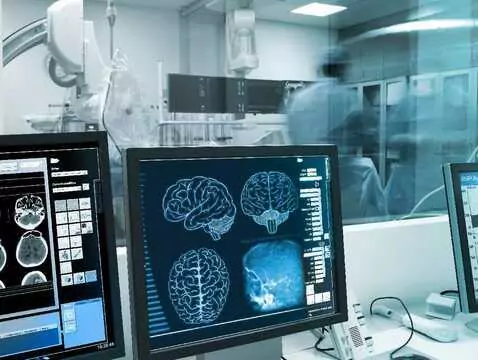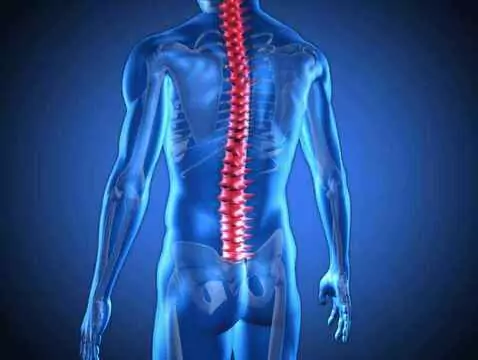Cerebral palsy develops as a result of various types of damage/disorders of the central nervous system in children, most often already in the foetal period, but also during birth or after birth. Initially, it was not known in which area of the brain the damage occurs and what causes it.
As you can see, the number of factors and processes that can lead to cerebral palsy is very large. Some of these cannot be predicted and controlled others can be caused by the misconduct of the pregnant woman. There are also factors that are beyond the control of the pregnant woman or her partner (these are genetic factors).
Diagnosis of cerebral palsy
Thanks to great advances in science and technology, it is possible to diagnose cerebral palsy at an early stage, the methods most commonly used being CT scans, MRI scans and others. A neurological examination of the child, a prenatal and perinatal history are also necessary.
It is very important to establish the time when the brain damage occurred, the severity of the damage and the causes of the damage. The diagnosis of cerebral palsy, in most cases, is established by repeated examinations and the accumulation of suspicions of the disease - it is never a simultaneous process.
Children with cerebral palsy, require round-the-clock care, assistance with day-to-day functioning (washing, dressing, fetching food). Specific medication and rehabilitation interventions are also crucial.









